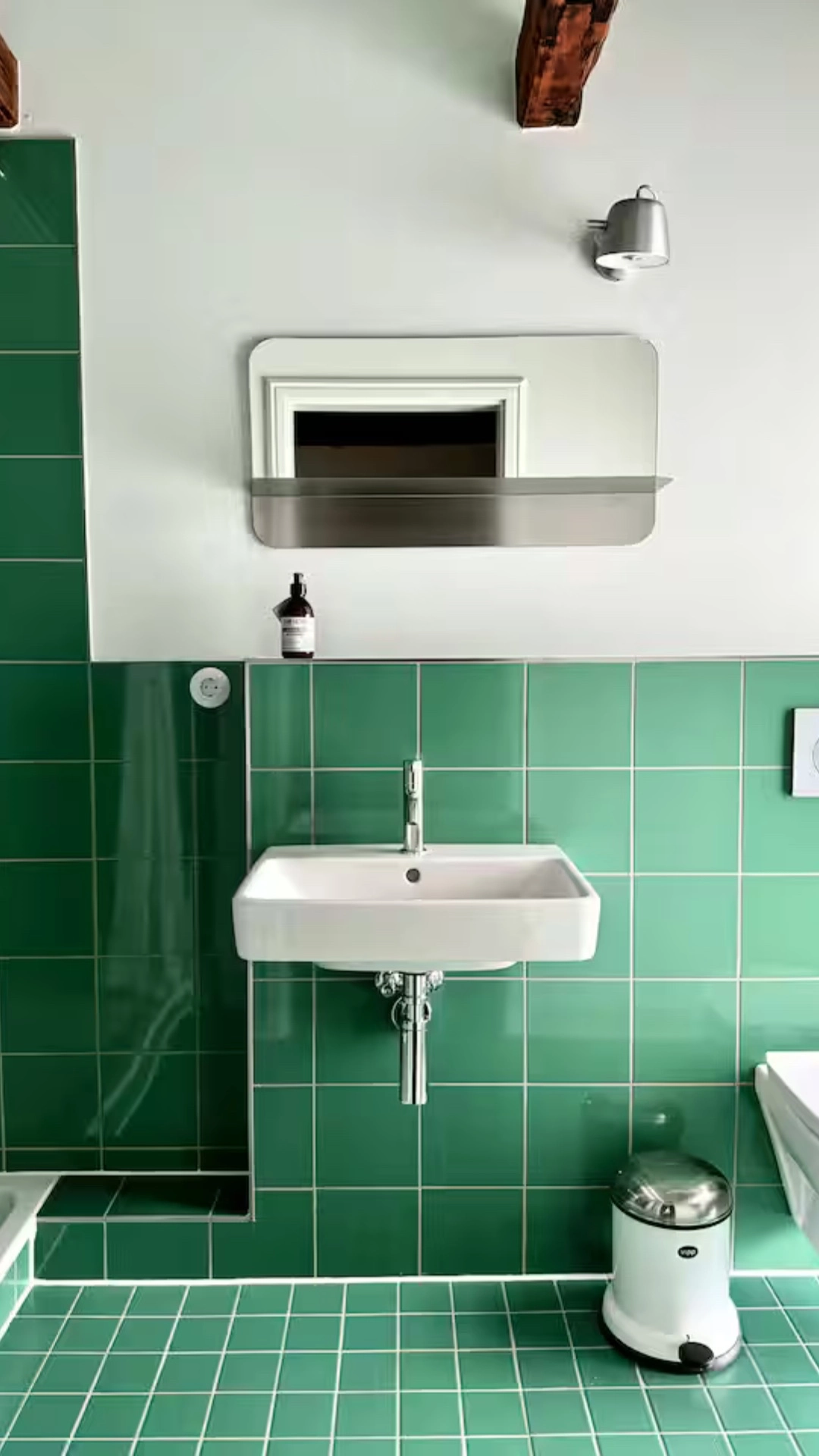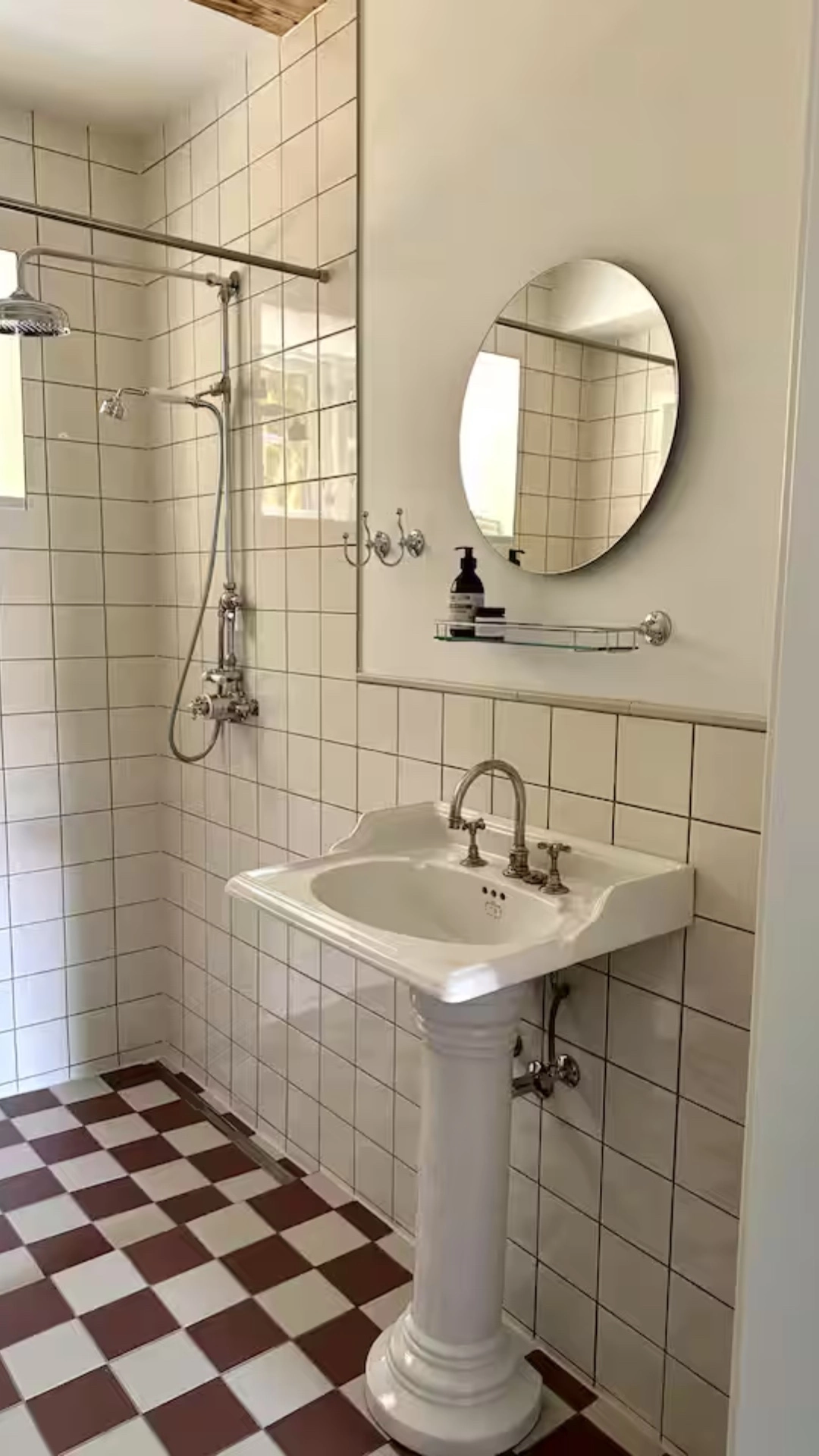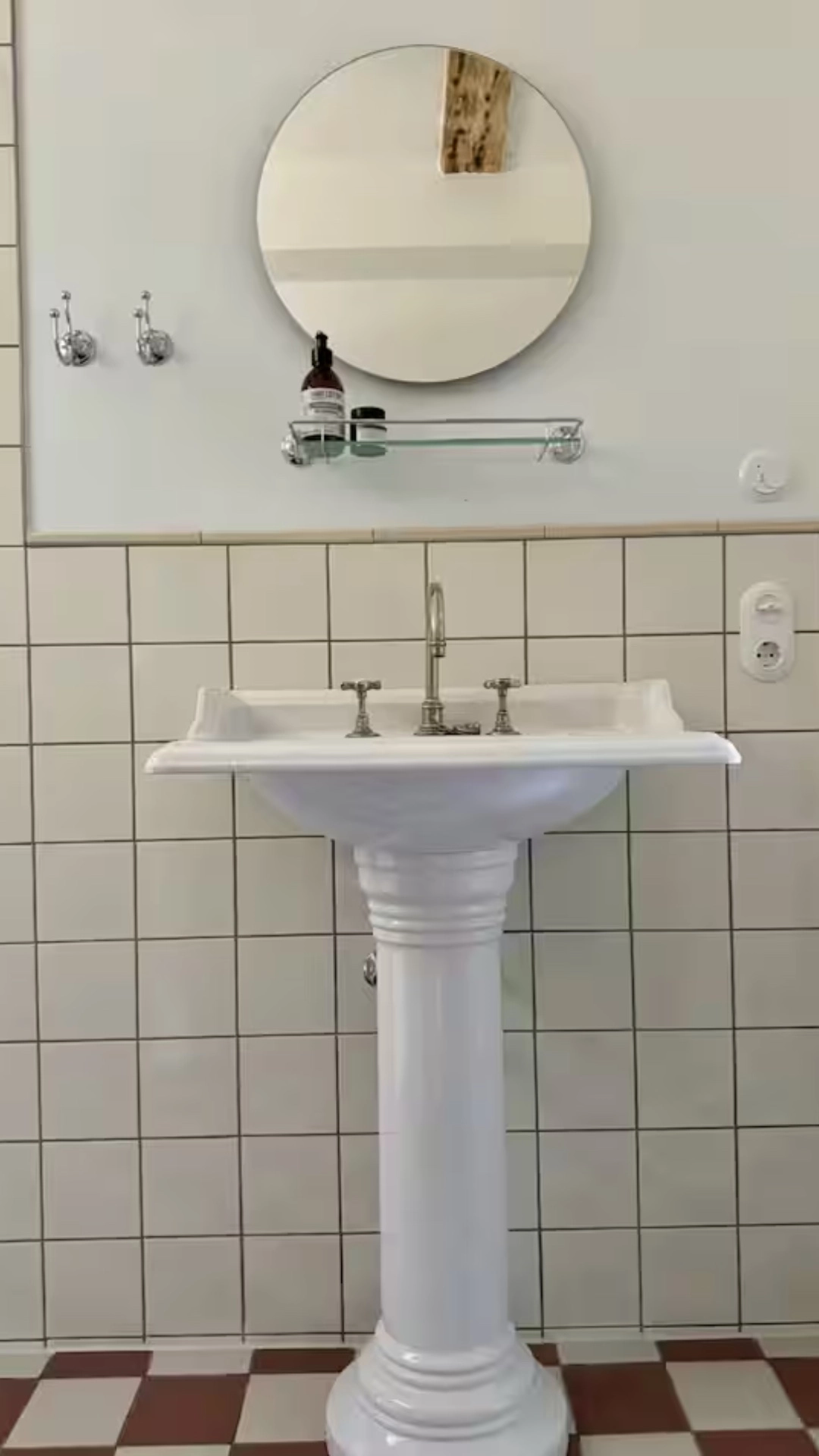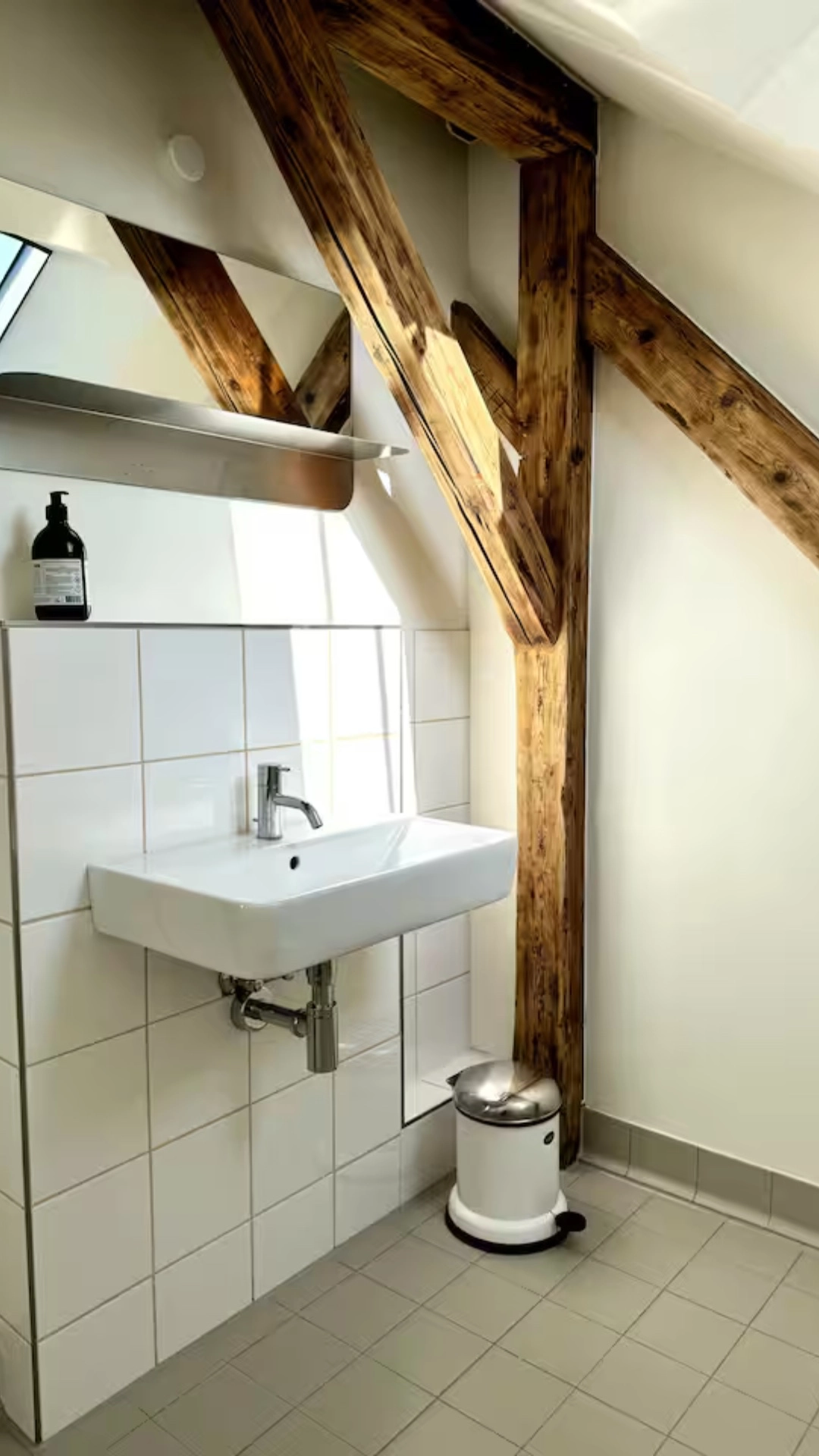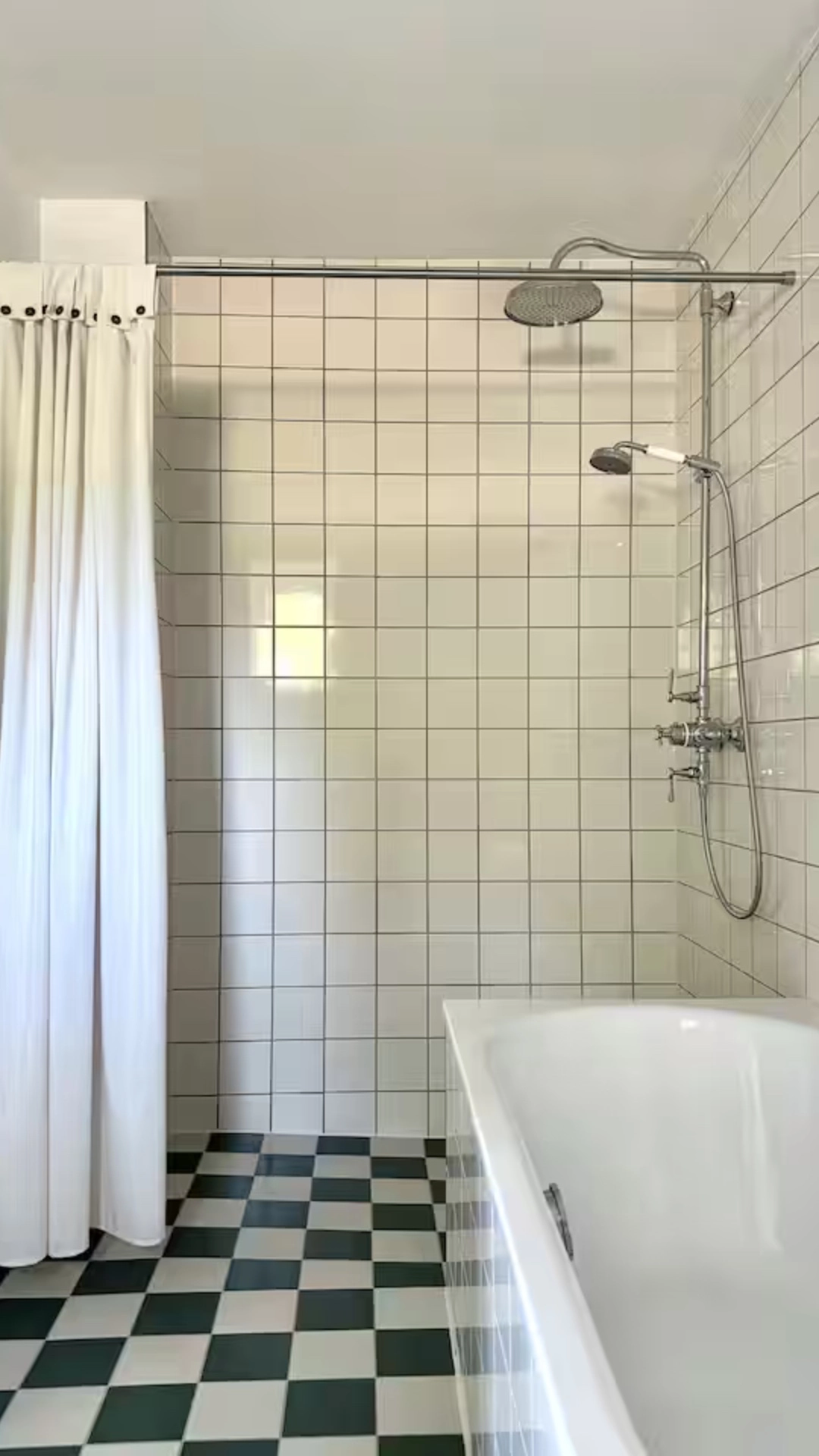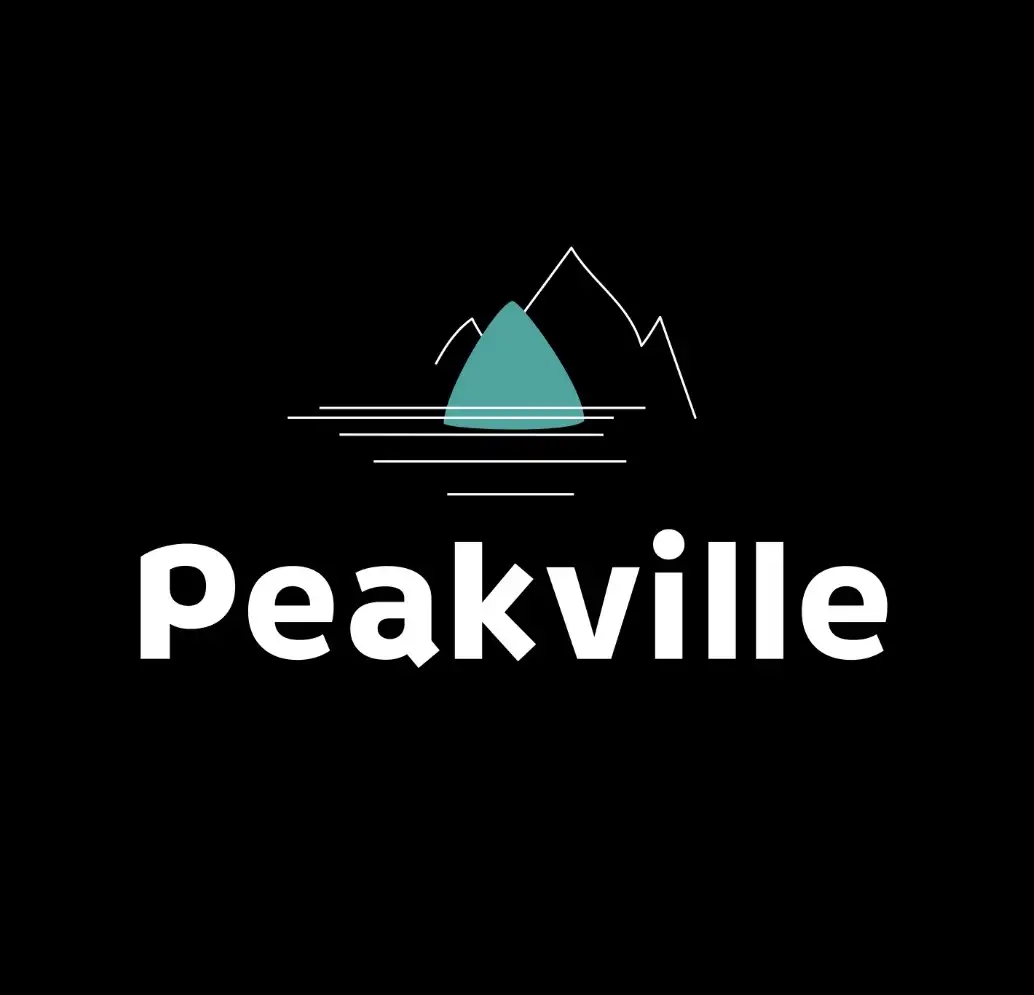There are undoubtedly many different trends, and everyone might interpret them differently. However, from our experience and conversations with national and international European artists and designers, five key trends for modern interior design in 2025 have emerged that we’re focusing on.
Organic Shapes in Your Home
In an increasingly digital world where many processes are optimized or enhanced by AI, the need for more naturalness and calm is growing. Every trend has a countertrend – and this one is reflected in the return to natural materials and organic shapes. This is intended to reduce stress and enhance well-being. Especially in densely populated cities growing through urbanization, these elements create a connection to nature that many people lack in their daily lives. Nature is entering our homes more than ever. Bio-design means consciously using natural materials like wood, stone, clay, and bamboo. Walls with clay plaster not only improve the indoor climate but also give rooms a warm, earthy aesthetic. Furniture and decorations follow organic, curved shapes reminiscent of waves, hills, or tree structures – minimalist, yet organic. Round sofas, oval dining tables, and curved shelves are especially popular. Houseplants and indoor gardens are also part of the trend, as they promote well-being and create a calming atmosphere.
For us as a brand, Peakville, this trend is particularly exciting as we are deeply involved with exceptional craftsmanship and unique homes. Feel free to check out our shop!
Smart Living Alternatives
For us as a brand, Peakville, this trend is particularly exciting as we are deeply involved with exceptional craftsmanship and unique homes. Feel free to check out our shop!
Intelligent lighting systems with motion sensors or sunlight control, as well as thermostats that automatically adapt to the residents' needs, provide maximum comfort with minimal energy consumption.
In furniture design, manufacturers are increasingly using recycled or biodegradable materials such as recycled plastic, FSC-certified wood, or innovative alternatives like mushroom leather and hemp textiles.
Revival of the 70s/80s
A good example of this retro trend can be seen in the Rahlff Captain’s House. All bathrooms are fantastic and absolutely on trend. It’s bold but definitely a visual highlight. Retro elements regularly experience a revival because they convey familiarity and warmth. Especially in uncertain times, people seek stability and return to proven designs. The combination of retro aesthetics and modern materials makes the look fresh and contemporary.
Warm colors such as orange, brown, or burgundy are combined with minimalist furniture. Velvet, bouclé fabrics, and brass details add a touch of nostalgia and luxury.
Mid-century design with its clean lines, dark woods, and sleek metal accents continues to be appreciated. The mix of old and new gives spaces individuality and character.
Multifunctional Furniture
More and more design studios are creating modular furniture pieces that can be rearranged or folded. Living space is becoming more expensive and smaller, especially in big cities. Therefore, the demand for flexible furniture and smart space solutions is increasing. People are working from home more often, so apartments need to adapt to various functions – from home office to guest room to fitness and relaxation spaces.
A dining table becomes a workspace, a sofa becomes a guest bed, and a shelf can act as a room divider.
Creative storage solutions such as pull-out beds, sliding doors, or hidden shelves are in high demand. Floating desks, foldable walls, or beds that transform into sideboards during the day are especially popular.
Bold Colors Represent a New Beginning
Alongside the ongoing trend of minimalism with lots of white, gray, and beige, many people long for more character in their living spaces. Colors have a strong emotional impact. Warm tones like terracotta or mustard yellow bring coziness, while vibrant emerald green or navy blue add elegance and depth.
Statement walls become eye-catchers through special wall colors, bold wallpapers, or textured panels. Wall claddings made of wood or 3D panels are especially popular, adding depth and character.
But it doesn’t stop here. Many trends come and go with varying success. Some of them include:
- Wellness and custom interior spaces and furniture
- Timeless design across all elements
- Playful design for more expression
- Maximalism – strong color contrasts or patterned wallpapers



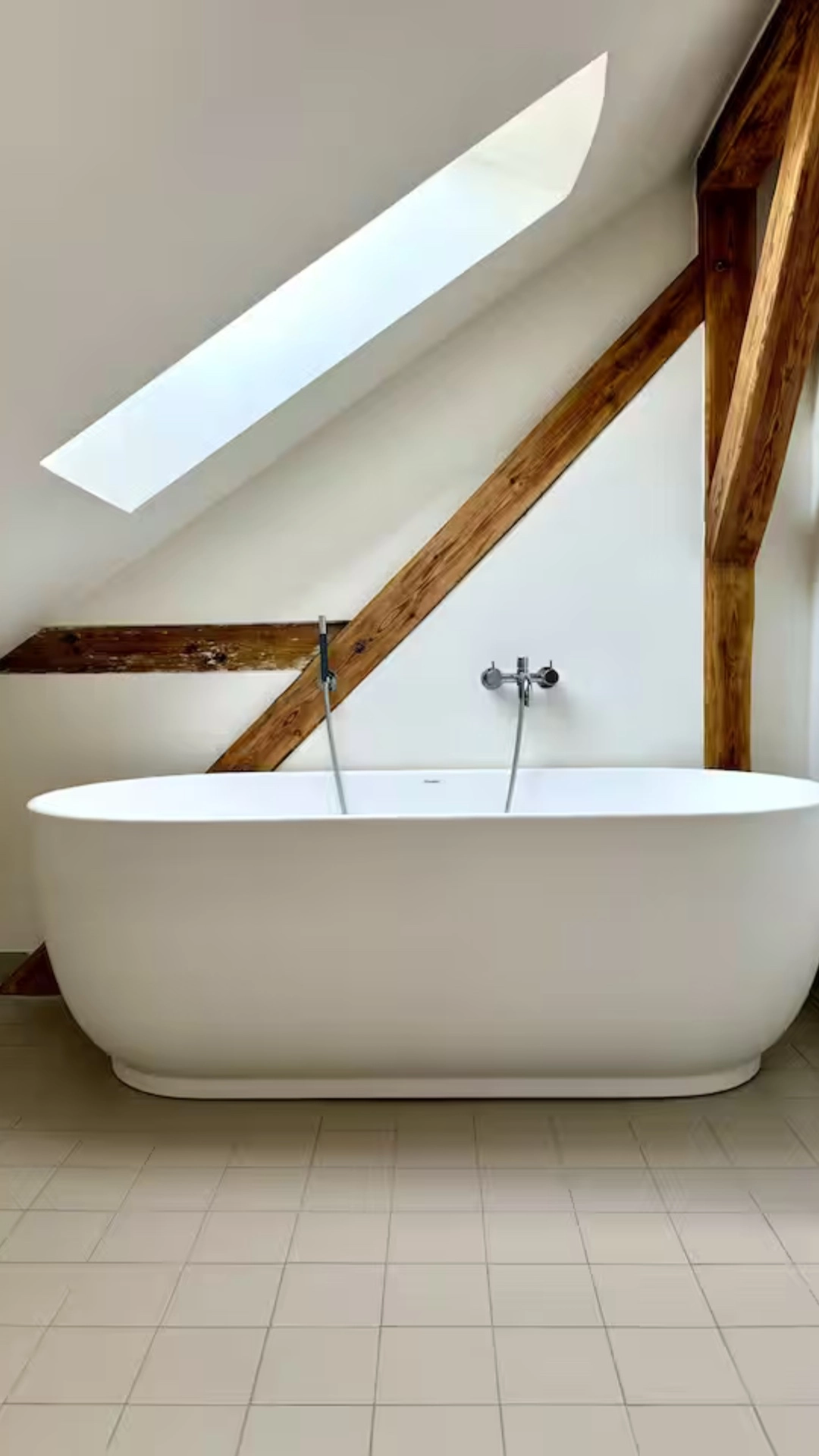
 Facebook
Facebook
 Twitter
Twitter
